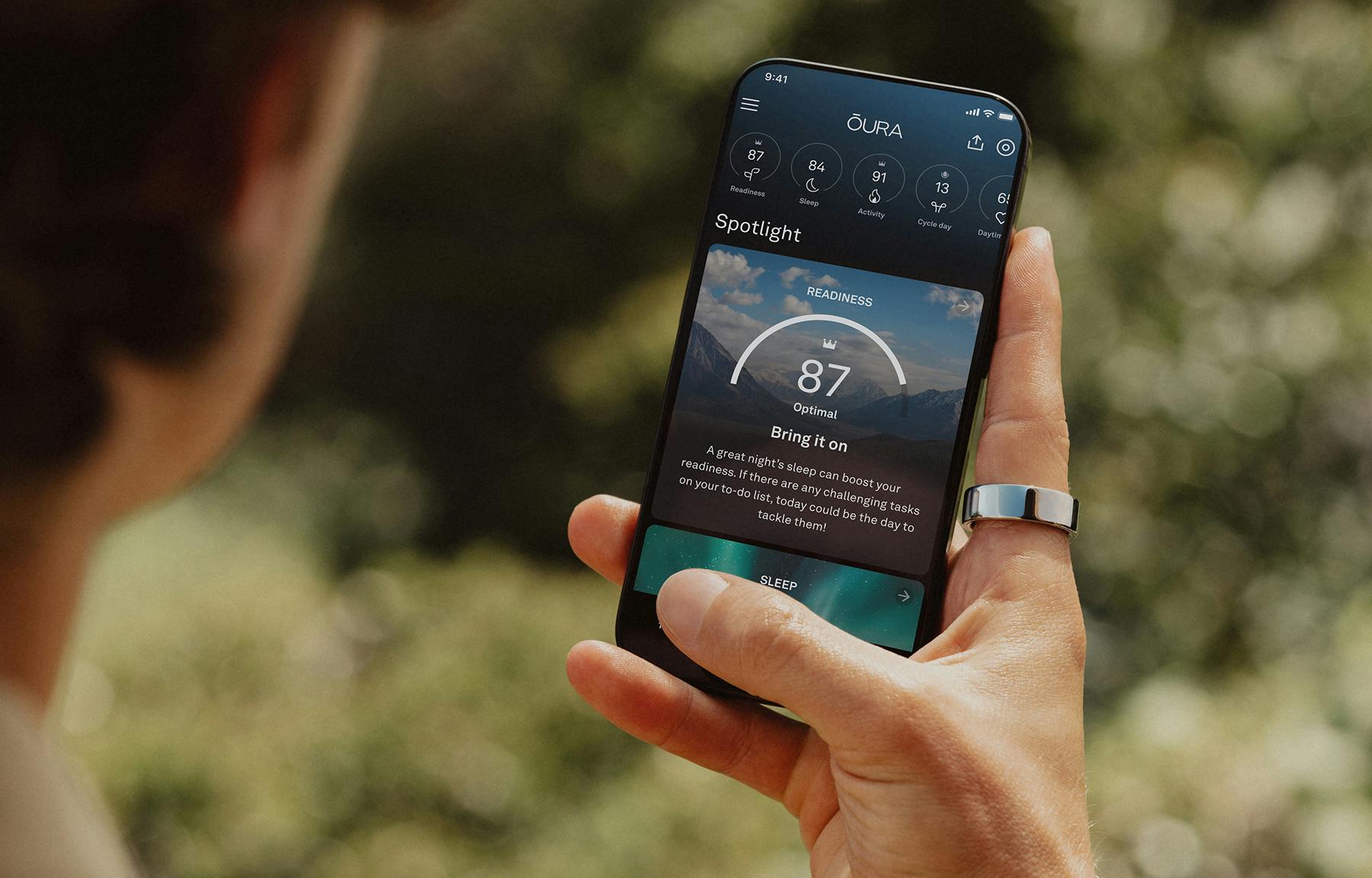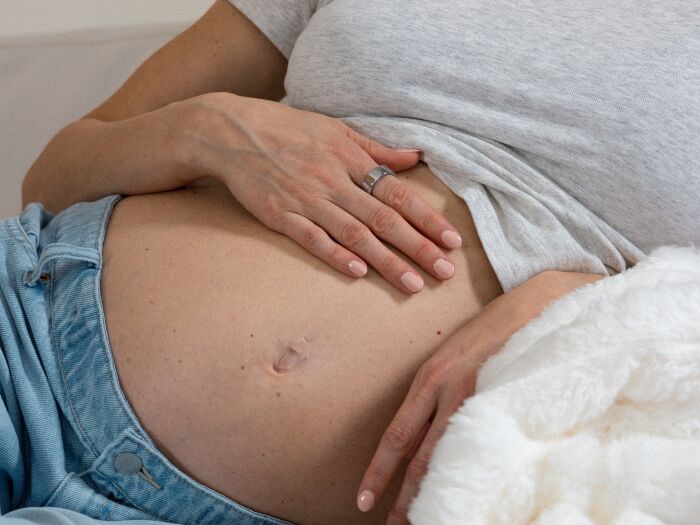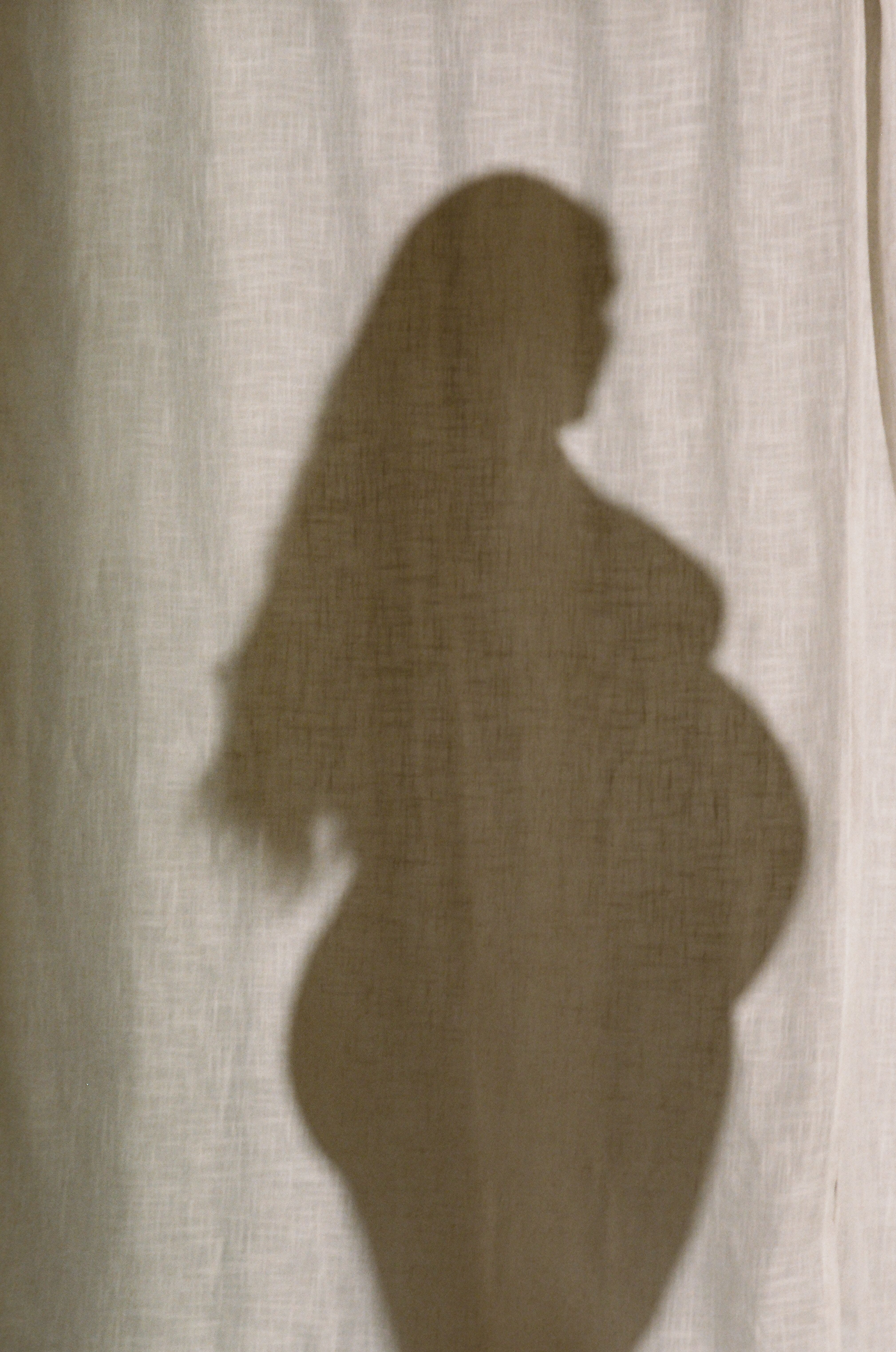Pregnancy transforms nearly every system in a woman’s body, yet the specificity and timing of these changes remain poorly understood.
To help fill that gap, scientists from Oura’s science team recently published one of the largest longitudinal analyses of its kind, using real-world data from more than 10,000 pregnancies tracked with Oura Ring.
The study, published in JMIR mHealth and Uhealth, examined how key physiological signals—including sleep patterns, resting heart rate (RHR), heart rate variability (HRV), respiratory rate, activity, and body temperature trends—evolve from preconception through pregnancy and postpartum.
By mapping these changes across thousands of individuals, the researchers identified clear, time-dependent physiological trajectories that reflect how the body adapts to support pregnancy.
READ MORE: How Your Health Metrics Change During Pregnancy, According to Oura Data
Study Design
The researchers used real-world aggregate and anonymized data from consenting Oura Ring Gen3 Members who self-reported a pregnancy between May 2023 and November 2024 and conducted a large-scale retrospective analysis.
The final dataset included over 10,000 pregnancies, with continuous physiological data spanning preconception, pregnancy, and postpartum.
Participants (10,318 unique pregnancies) were grouped into three categories based on the self-reported pregnancy outcomes for the analysis of biobehavioral trajectories:
- Term births (n=5039)
- Preterm births (n=324)
- Pregnancies ending in loss before 20 weeks of gestation (n=4955)
Researchers analyzed trends in several key biometrics:
- Sleep metrics: duration, efficiency, and timing
- Heart rate measures: resting heart rate (RHR) and heart rate variability (HRV)
- Respiratory rate (RR)
- Nighttime body temperature
- Activity levels (steps)
Using Oura’s high-resolution, validated sensor data, the team examined how these metrics changed relative to the start and end of pregnancy, and across a variety of demographic characteristics, like age and body mass index (BMI).
READ MORE: Oura Accuracy Further Validated by New Study from the University of Tokyo
Key Findings
Across more than 10,000 pregnancies, Oura’s researchers identified distinct, time-dependent physiological patterns that reflect the body’s adaptation to pregnancy—as well as differences associated with pregnancy outcomes.
1. Temperature rose early and stayed elevated throughout pregnancy.
Temperature changes became evident by week 4, peaking at +0.3°C above baseline by week 9, and showing a steady decline until near birth. A secondary, modest increase (+0.1°C) was observed near birth
READ MORE: UCSD Study Shows Clear Oura Temperature Increase After Conception
2. Resting heart rate (RHR) increased, while heart rate variability (HRV) declined.
The study found RHR increased steadily, peaking at +10 bpm above baseline at week 32, while HRV declined by >15 milliseconds in a mirrored pattern.
| Member Tip: Pregnant Oura Members can use Trends view to see how RHR and HRV change over the course of pregnancy. |
3. Sleep patterns changed markedly.
In the first trimester, participants experienced marked sleep changes, characterized by more time asleep (about 15 min more). Metrics then declined and stabilized in the second trimester. Sleep duration reached its minimum around the time of birth.
READ MORE: How to Sleep Better During Pregnancy
4. Respiratory rate (RR) increased steadily.
RR peaked around week 9 and declined thereafter. Following birth, RR experiences a sharp drop, falling below baseline levels. While the trend may look significant, it is important to note that the difference across pregnancy may be only one breath per minute more than when non-pregnant.
5. Activity levels declined steadily throughout pregnancy.
Daily steps and activity levels showed a modest, progressive decrease from pre-pregnancy baseline until delivery.
6. Subtle early deviations were linked to outcomes.
Participants who were characterized as having had a pregnancy loss showed different early trajectories in several metrics up to 2 weeks before the pregnancy ended.
Some of the observations included a flatter temperature increase, lower sleep duration, time in bed decreasing after an initial increase, and a reversal of the increase in RR and RHR, compared to those whose pregnancies continued to term births.
While wearable data cannot be used as a diagnostic for pregnancy health and wellbeing, these differences in sensor patterns suggest that continuous physiological monitoring may help describe early signs of abnormal pregnancies.
What This Means for the Future of Maternal Health

Together, these findings provide a dynamic physiological timeline of pregnancy—from conception to recovery—demonstrating how wearable data can complement clinical insights and deepen understanding of maternal health.
They also reinforce what many expectant parents experience firsthand: pregnancy affects every system of the body. By defining new baseline trajectories, this research helps distinguish healthy adaptation from early signs of potential complications—offering a foundation for more proactive and personalized care.
Looking ahead, Oura’s science team aims to explore how these digital biomarkers could help clinicians identify risks earlier and tailor care throughout pregnancy and postpartum.
”It may seem surprising, but this research is one of the few papers that even begins to describe what is considered normal for a pregnancy,” says Dr. Chris Curry, MD, PhD, Oura’s Clinical Director of Women’s Health.
“What is exciting about this science is that once we establish and validate what a healthy baseline is, we can explore the patterns that may be linked to risk of diseases. This paper should be seen as a foundation for future science,” notes Curry.
Ultimately, studies like this move us closer to a future where continuous, at-home monitoring empowers both individuals and healthcare providers—making pregnancy care more connected, precise, and human-centered.
RELATED: New Research Uses Oura to Predict If Labor Will Start Before or After Due Date











